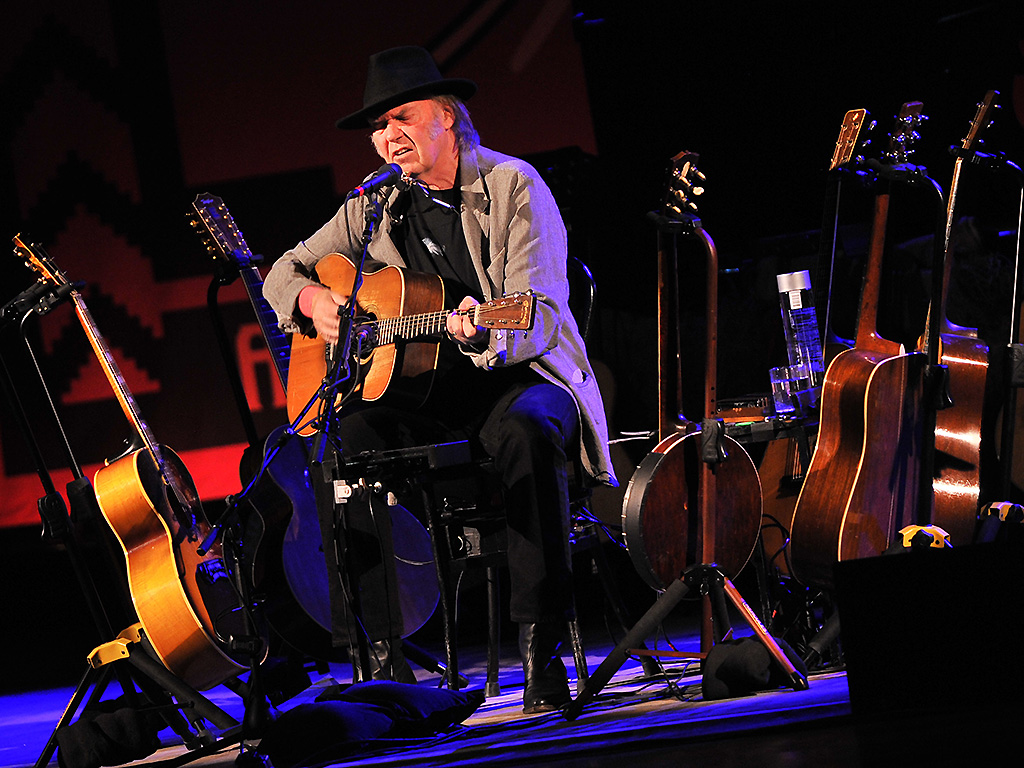Anyone who has walked through London, England, knows that history lurks around every corner. That’s to be expected, since the city was established by the Romans around 43 CE. Sure, there are palaces, grand buildings and all manner of monuments, but if you look carefully, you’ll see blue plaques affixed to walls and structures. They mark places of historical interest that might otherwise be overlooked.

The blue plaque program was started in 1866 and is now run by an organization called English Heritage. There are now over 900 of them throughout London, honouring the famous men and women who at one time occupied that building or used it for some notable purpose.
There are two main rules for having a plaque posted on a site: (1) The person being honoured must be at least 100 years old; or (2) dead.
I bring this up because I just returned from a tour of rock’n’roll landmarks through the English capital and it turns out there are music-related blue plaques everywhere. For example:
There are plaques marking where Bowie took the picture for the front of the Ziggy Stardust album (23 Heddon Street. The phonebox seen on the back cover is down a nearby alley); a building on Brook Street, where Frederic Handel and Jimi Hendrix both lived (not at the same time, obviously); and a spot on Ebury Street where Mozart once hung his hat.
More plaques will no doubt appear as years go by. The former offices of Apple Corps Ltd. are on Bond Street, where the Beatles performed their last-ever concert on the roof on Jan. 30, 1969. Abbey Road Studios is already considered a heritage building, so if there’s not a plaque already, it’s coming. Jimmy Page lives in a Grade 1-listed home at 29 Melbury Rd. …
… while Eric Clapton lives quietly in this row house on Old Church Street …
- ‘Shock and disbelief’ after Manitoba school trustee’s Indigenous comments
- Canadian man dies during Texas Ironman event. His widow wants answers as to why
- Several baby products have been recalled by Health Canada. Here’s the list
- ‘Sciatica was gone’: hospital performs robot-assisted spinal surgery in Canadian first
… and Paul McCartney has lived here on Cavendish Road since April 1965. That means almost every Beatles song from Help! forward would have been at least partially conceived within its walls.
The reason I bring all this up is because many cities want to declare themselves as centres of musical culture. Toronto, for example, has a music office at City Hall, which is dedicated to promoting Toronto as a place for everything from music creation, performance, and production to music tourism. Not only is this sort of thing good for the cultural fabric of a community, but it can also be very good for business.
Britain is very aware of this. In 2016, the country welcomed 12.5 million music tourists who spent more than £4 billion ($6.88 billion), which created and sustained nearly 50,000 fulltime jobs.
Canada isn’t (yet) a musical powerhouse on the same level as the UK, but we certainly could get on board with something like what the Brits are doing. Imagine our version of a national blue plaque program. Here are just a few off the top of my head.
- There are at least a dozen sites in Montreal made famous by Leonard Cohen,
- Glenn Gould has a plaque outside his childhood home in Toronto, but there are plenty of other noteworthy Gould-related spots around the city.
- Many of the older buildings are gone, but shouldn’t there be some markers recognizing the music that came out of Toronto’s Yorkville scene in the 1960s? Same thing for the spots along Yonge Street that were once important music venues in the 1950s and early 1960s. And let’s not forget the Brunswick House.
- Bob Dylan once showed up at Neil Young’s boyhood home in Winnipeg. That’s good for a double-whammy plaque. And don’t get me started on all the Guess Who/BTO landmarks around Winnipeg.
- And think of all the famous venues that are still standing: The Horseshoe, the El Mocambo, Massey Hall (all in Toronto), the Commodore (Vancouver), the Playhouse Theatre (Winnipeg), the King Eddy (Calgary). Some already have official historic status, which is fine. But wouldn’t something like a plaque be more of a constant reminder of what wonderful things happened there?
Maybe this should have been a project for last year’s Canada 150 celebrations. Maybe it was and it got lost in the shuffle.
But don’t you think it’s time Canada began documenting its musical heritage like they do in the UK?
Alan Cross is a broadcaster with 102.1 the Edge and a commentator for Global News.
Subscribe to Alan’s Ongoing History of New Music Podcast now on Apple Podcast or Google Play













Comments